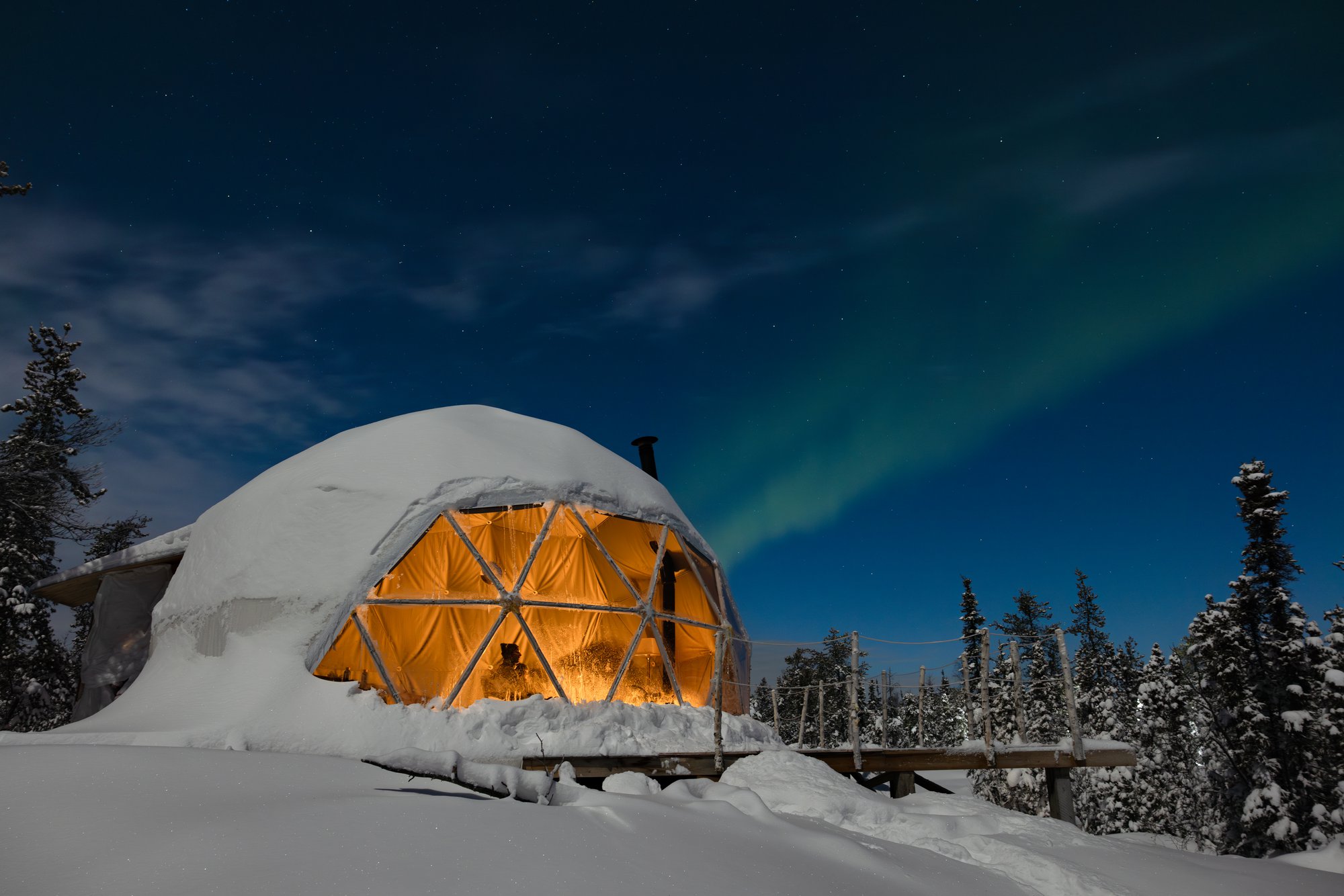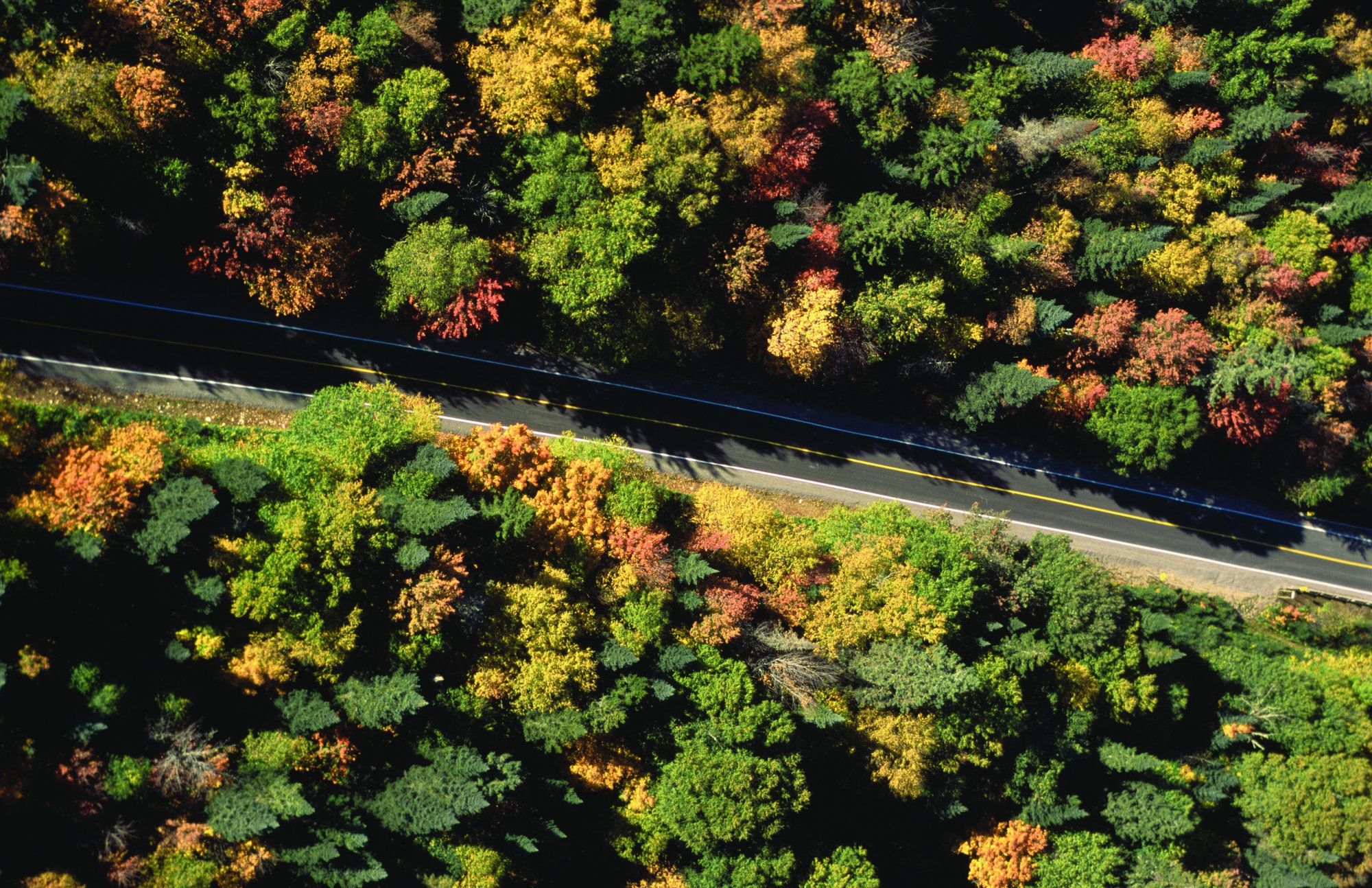What Is a Dark Sky Preserve — and Where Can You Visit One in Canada?

Across much of the world, natural darkness has become a rarity. But in Canada — with its wide horizons, vast wilderness, and commitment to conservation — true night still exists. Venture beyond the city glow, perhaps in locations like Jasper National Park or north of Toronto, and you’ll find it: the quiet brilliance of a starlit sky, preserved by design. These protected areas are known as Dark Sky Preserves, and they invite travellers to reconnect with one of nature’s simplest, most profound wonders.
What Is a Dark Sky Preserve?
A Dark Sky Preserve is an area dedicated to protecting natural darkness by limiting artificial lighting. The concept, established by the Royal Astronomical Society of Canada (RASC), focuses on preserving the visibility of the night sky while supporting nocturnal ecosystems and public education.
Each preserve works with local partners and Parks Canada to reduce light pollution through shielded fixtures, directed illumination, and visitor guidelines. The result is an environment where stars, planets, and the Milky Way remain clearly visible — not just for astronomers, but for anyone who values an unspoiled connection to the cosmos.
Dark Sky Preserves aren’t just about stargazing. They safeguard habitats for bats, owls, insects, and other species that depend on darkness to thrive. They also protect something intangible: the sense of perspective that comes from standing under a truly dark sky.
Why They Matter
The glow of artificial light affects more than our ability to see stars. It disrupts natural cycles, impacts wildlife behaviour, and distances us from rhythms that once shaped human life.
By preserving darkness, these areas promote:
- Ecological balance – protecting nocturnal species and migration patterns.
- Cultural continuity – many Indigenous communities across Canada hold star stories that connect land and sky, offering lessons about time, navigation, and belonging.
- Personal renewal – studies link time under natural night skies with reduced stress and improved sleep.
Canada is now a global leader in dark-sky conservation, home to more than 20 official Dark Sky Preserves and several Nocturnal Preserves and Urban Star Parks.
Where to See the Stars: Canada’s Top Dark Sky Preserves
McDonald Park, British Columbia
Near Abbotsford in the Fraser Valley, McDonald Park is one of BC’s few designated Dark Sky Preserves. Managed with support from the Royal Astronomical Society of Canada’s Vancouver Centre, it offers rare night-sky visibility within reach of Vancouver. Public observing nights and quiet open fields make it an easy, accessible spot to see the Milky Way rise over the Coast Mountains.
Jasper National Park, Alberta
The Jasper Dark Sky Preserve is the largest in Canada and among the biggest in the world. With high elevations and clear mountain air, its skies are ideal for viewing the Milky Way and the aurora borealis. Each October, the Jasper Dark Sky Festival brings together astronomers, musicians, and storytellers for a celebration of light, science, and silence.
Kejimkujik National Park and National Historic Site, Nova Scotia
In the heart of Nova Scotia, Kejimkujik combines deep cultural roots with stunning nightscapes. The park’s Dark Sky designation supports Mi’kmaq-led programming that shares Indigenous constellations and teachings. Paddling under starlight here feels like stepping back through centuries of human observation.
Torrance Barrens Dark Sky Preserve, Ontario
A few hours north of Toronto, Torrance Barrens became Canada’s first Dark Sky Preserve in 1999. The granite shield and open landscape create an unobstructed horizon, perfect for casual stargazing or astrophotography. It’s a reminder that solitude and darkness are still accessible — even close to urban areas.
Grasslands National Park, Saskatchewan
Spanning the southern prairie, Grasslands offers some of the clearest, driest, darkest skies in North America. The open plains amplify the vastness of the stars overhead, while the chorus of crickets and coyotes anchors you to the land below. It’s a place where night feels alive.
Wood Buffalo National Park, Alberta / Northwest Territories
The largest Dark Sky Preserve on Earth, Wood Buffalo encompasses nearly 45,000 square kilometres of wilderness. Visitors come for rare wildlife, but stay for the celestial show — constellations sharp enough to navigate by, and the aurora often flickering across the horizon.
Other noteworthy preserves include Fundy National Park (New Brunswick), Kouchibouguac National Park (New Brunswick), and Mount Carleton Provincial Park, each offering their own mix of community programming, stargazing, and cultural interpretation.
When and How to Visit
The best time for stargazing is during the new moon phase, when the sky is darkest. In Canada, late autumn through early spring provides the clearest conditions and longest nights.
Tips for visiting responsibly:
- Bring a red-light flashlight or headlamp — it protects your night vision and minimizes disruption.
- Dress in layers; nighttime temperatures drop quickly even in summer.
- Avoid using phone lights or flash photography.
- Respect park guidelines — stay on marked paths and keep noise low.
Many Dark Sky Preserves offer guided night programs led by interpreters and astronomers, helping visitors understand constellations, navigation, and nocturnal ecology.
In a world that never seems to sleep, dark skies remind us that silence and shadow still have value. To visit one of these preserves is to experience something both humbling and vast — a reminder that our brightest moments often begin in darkness.
If you’re drawn to the stories behind Canada’s night skies, explore Tales from the Dark on Northern Soul — a reflective look at how darkness shapes our connection to land, memory, and meaning.
Discover travel experiences that bring you closer to Canada’s night sky.Get inspired with Landsby’s curated journeys that celebrate the wonder of light, land, and everything in between.






